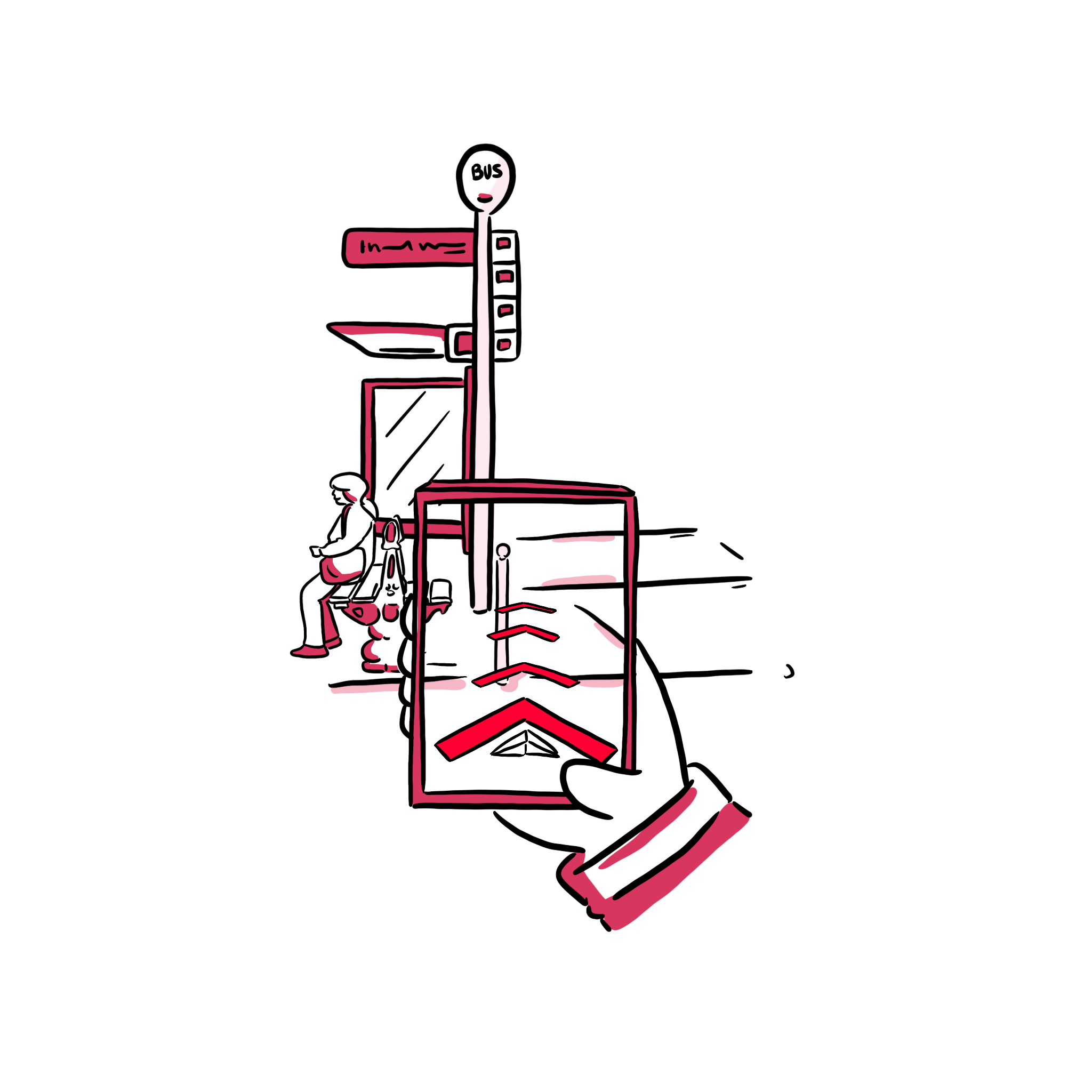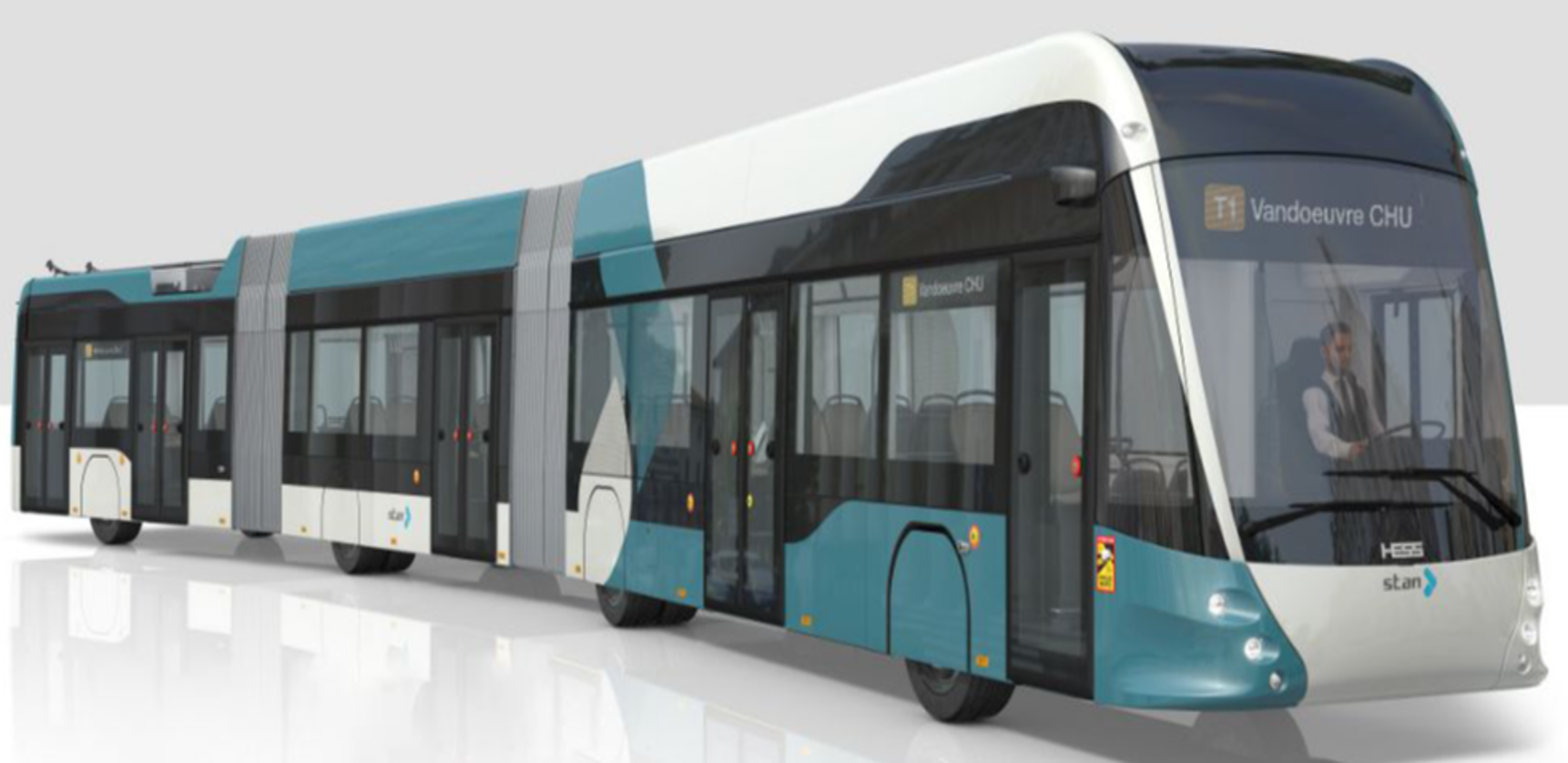What is augmented reality? And how is it different from virtual reality?
Virtual reality and augmented reality are two technologies that offer distinct immersive experiences. Using a virtual reality headset, users can step into a digital environment and interact with it, engaging in activities such as visiting a landmark or exhibition and receiving job training in real-life conditions. Augmented reality, on the other hand, overlays digital information onto real-time images. For example, it can superimpose old buildings onto a modern landscape or provide real-time details about a product. Unlike virtual reality, augmented reality does not require any special equipment other than a connected device with a screen and camera, such as a smartphone or tablet. This technology, enriching reality in real time, facilitates the development of simple and efficient guidance applications.
In Nancy, this user guidance solution was adopted during the decision to replace the Reserved Rail Transportation tramway line with a trolley bus. Due to ongoing rail work, which began in March 2023 and will continue until the end of 2024, a temporary bus line was established along a parallel route with new stops. Augmented reality was integrated into the existing signage, including signposts, ground markings and maps, at all previous stops to guide each passenger to the nearest station through their smartphone.



